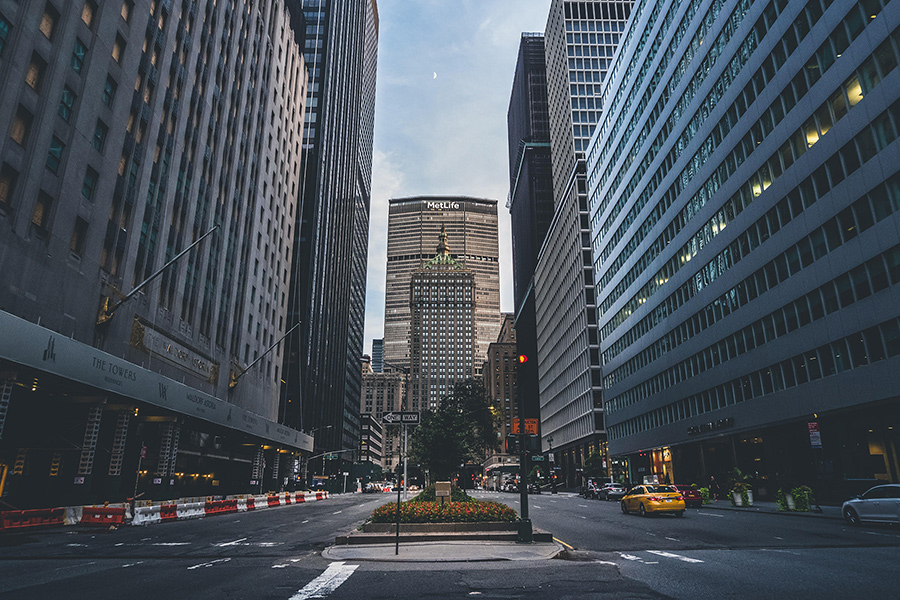The national U.S. vaccine strategy, while flawed, is working when measured against declining infections, hospitalizations and deaths, as more and more people receive the vaccination. To that extent, President Joseph R. Biden Jr.’s administration has said it will make every American adult eligible to receive a dose by May 1 — yet it remains to be seen whether that is realistic and, if so, how quickly vaccines can be distributed and to how many people in relatively short order.
With that in mind, Health Evolution interviewed executives at the forefront of the war against COVID-19 about when they envision it will be safe to reopen the economy.
Infectious disease expert Stephen Parodi, MD, has been watching vaccine supply, which has been limited thus far. But with the new single dose vaccine from Johnson & Johnson joining the double-shot vaccines from Pfizer and Moderna and both of the latter promising to essentially double production by April, that appears to be on the verge of changing.
“I expect that supply is going to be opening in late April and early May. There is a lot of pent-up demand for the vaccine,” said Parodi, Associate Executive Director, The Permanente Medical Group and Chairman of the Council of Accountable Physician Practices. “I’m hopeful large swaths of the population will get vaccinated through the early summer.”
Among the obstacles health care executives are likely to encounter is the persistent vaccine hesitancy in underserved communities, notably Black, Latinx and Indigenous people. Just last week, in fact, SCAN Health Plan published the results of a survey of 1,000 U.S. family caregivers with oversamples for 400 Hispanic and 400 Black respondents that determined nearly 36 percent of family caregivers in rural communities will not receive the vaccine themselves and 31 percent won’t take older adults who they care for to receive the COVID-19 vaccine. That’s double the 16 percent indicating similar intentions in suburban and urban settings.
Overcoming vaccine hesitancy will be critical because transitioning back to normalcy will not happen easily or quickly. Methodist Hospital of Southern California, for example, re-opened for elective surgeries in Los Angeles County and, according to Chief Strategy Officer and SVP Cliff Daniels, patient volumes have been slower than expected.
Dive deeper: With a new guide for CEOs, Health Evolution Forum shares 10 emerging best practices for developing an action plan to increase confidence and accessibility to vaccines.
“We thought the floodgates would open. We have not seen that. We have seen some recovery, but certainly not back to pre-pandemic levels,” Daniels explained, adding that the cause is a remaining hesitancy among patients, not an issue for surgeons, who are interested in returning to previous volumes. “I think that will eventually recover.”
Patient volumes will be one indicator that Americans are once again comfortable enough to travel or move around, albeit replete with masks and as much social distancing as possible. Another will be small gatherings in initial tiers of reopening.
“July is the timeframe everyone is going toward for events like backyard barbecues,” said Romilla Batra, MD, Chief Medical Officer at SCAN Health Plan. “There are a lot of caveats, none of the new variants can have a widespread impact, we need herd immunity, there’s still hesitancy about the vaccine.”
Expectations that vaccination efforts will be widespread though the summer, of course, presume no surprises between now and then.
“The big wild card in all this are the mutations and variants of COVID and it’s hard to predict where those might go. I’m hopeful if we can outrace the virus and get more people vaccinated, we’re going to see a return to normalcy toward the end of the year,” Parodi said. “But I think we’ll still be wearing masks.”
Looking beyond this calendar year, Daniels said Methodist Hospital of Southern California is not expecting pre-pandemic volumes in 2021.
“We are projecting elective volumes to recover around mid–2022,” Daniels said. “We are hoping as more people get vaccinated and the virus spread slows down that consumer confidence will recover.”











